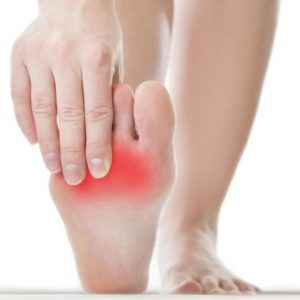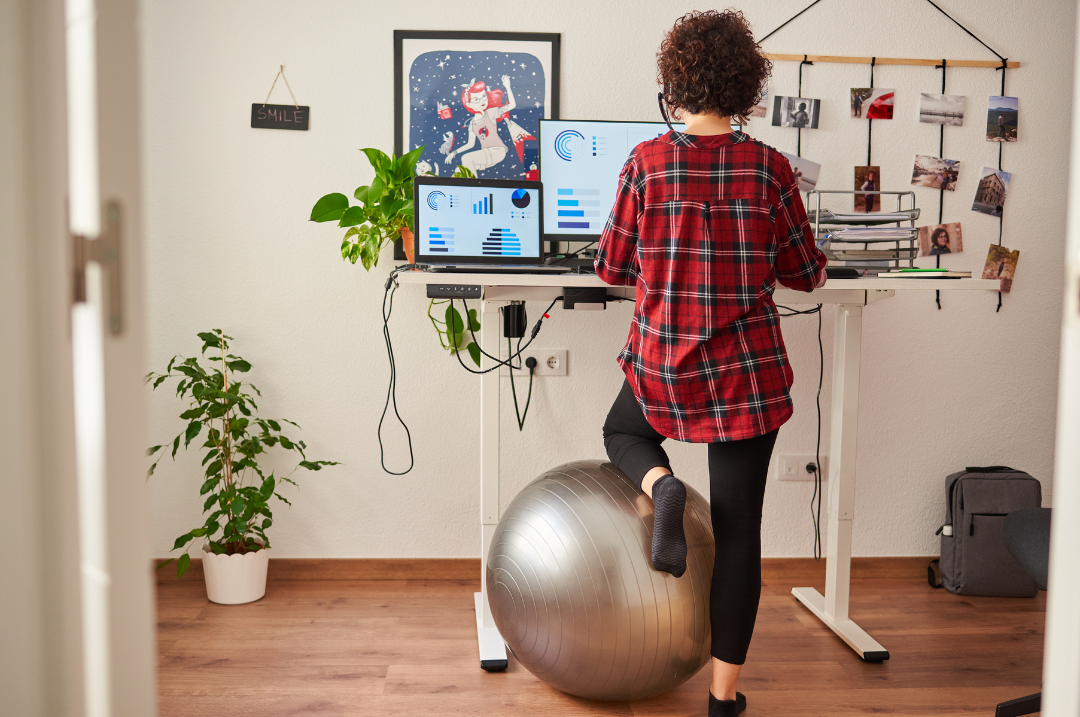Capsulitis
Capsulitis describes the damage to, and inflammation of, a joint capsule, which is formed by ligaments that enclose the joint and help it function effectively. Joint capsules are present all around our body, including the toe joints (metatarsophalangeal joints) in our feet where capsulitis occurs most frequently. The below will refer to capsulitis in these metatarsophalangeal joints.Synovitis
The terms ‘capsulitis’ and ‘synovitis’ are often used interchangeably, though they describe different aspects of joint capsule damage. Synovitis is associated with the increased production of synovial fluid within the joint that results in additional swelling. The membrane inside the joint capsule is called the synovial membrane, which is responsible for the production of this synovial fluid.What causes capsulitis & synovitis?
- Running sports
- Ballet and gymnastics
- Abnormal foot biomechanics
- Footwear such as high-heeled shoes
- Foot deformities such as bunions and hammertoes
- Flatter foot type
- Prolonged time on hard surfaces
- Having a long second metatarsal bone (long bone of the foot) or a short first metatarsa
What are the symptoms?
Capsulitis and synovitis often affect the second toe, though can affect any of the toes. Symptoms can include:- Pain and tenderness at the affected joint capsule
- Swelling, redness and heat around the affected joint capsule
- Feeling like you are walking on something hard like a stone
- Callus formation beneath the joint
- Instability at the joint
How are they treated?
Treatment is the same for both capsulitis and synovitis, though when synovitis is part of a disease process, it usually contains a strong anti-inflammatory component as part of disease management. Treatment focuses on relieving the heavy load from the joint capsules and allowing the ligaments to heal and repair. This may include:- Rest and ice to reduce painful symptoms
- Orthotics to correct any biomechanical abnormalities that may be overloading the joints
- Footwear assessment to ensure that the shoes are helping and not hindering recovery
- Padding or taping to support the joints and limit abnormal movement while the joint capsule is weakened
- Activity modification to reduce the load on the ball of the foot from daily activities









